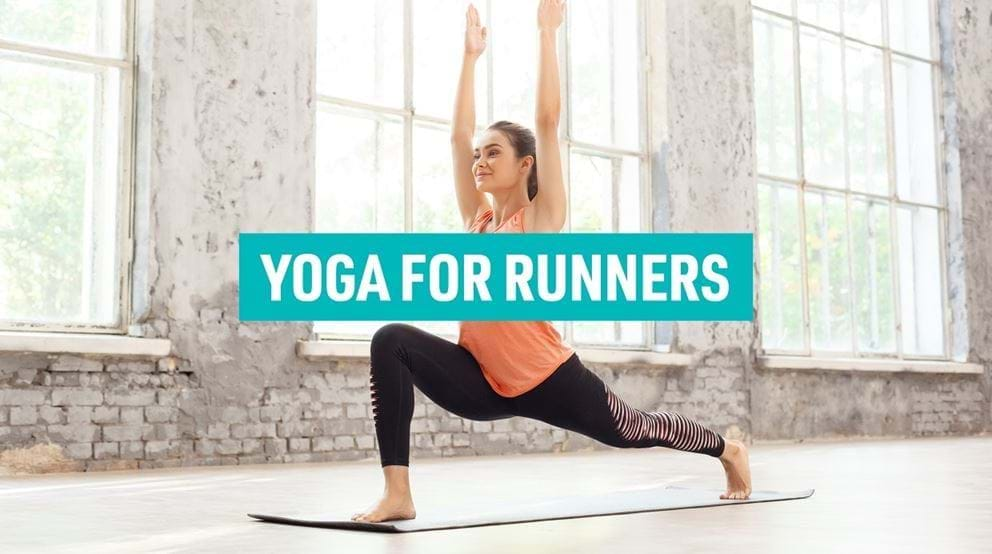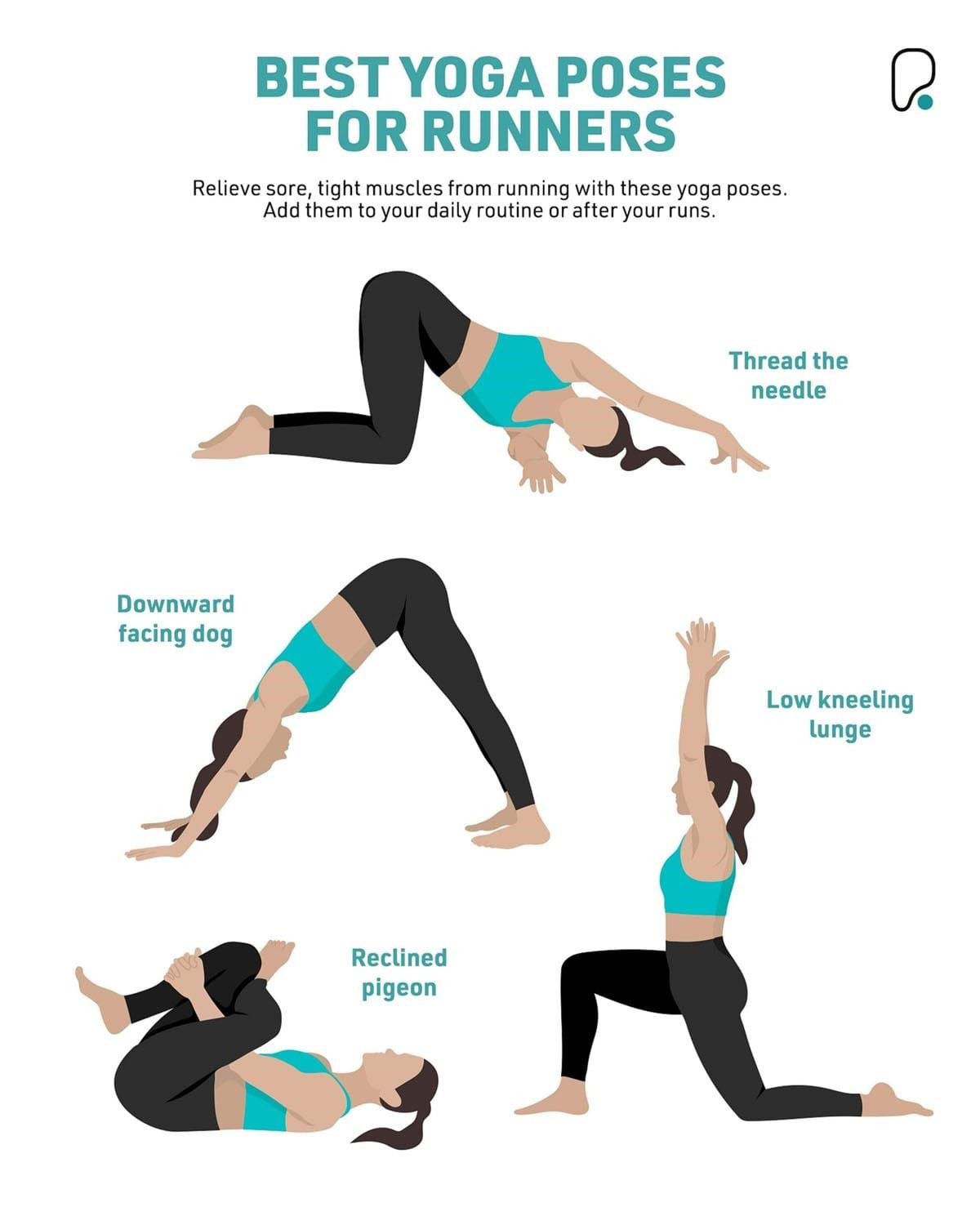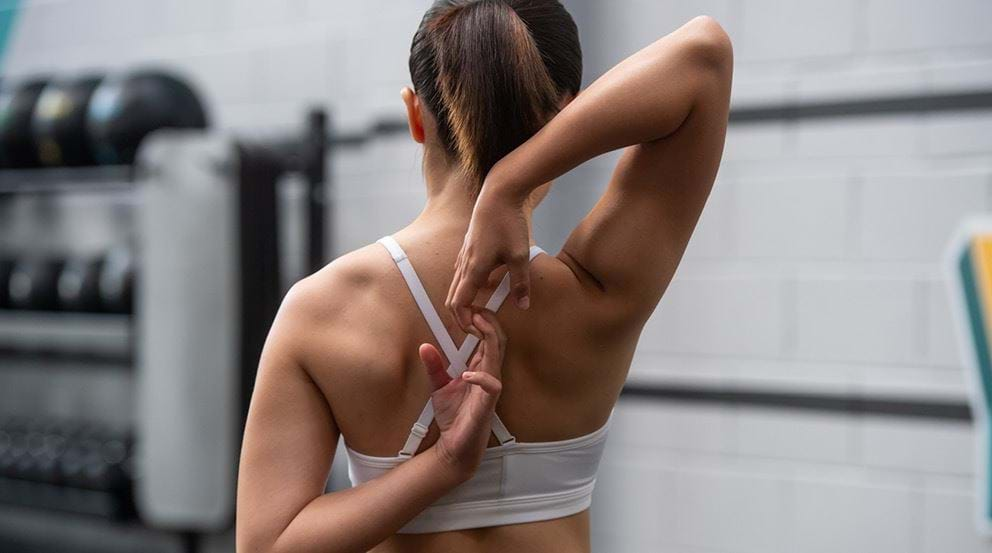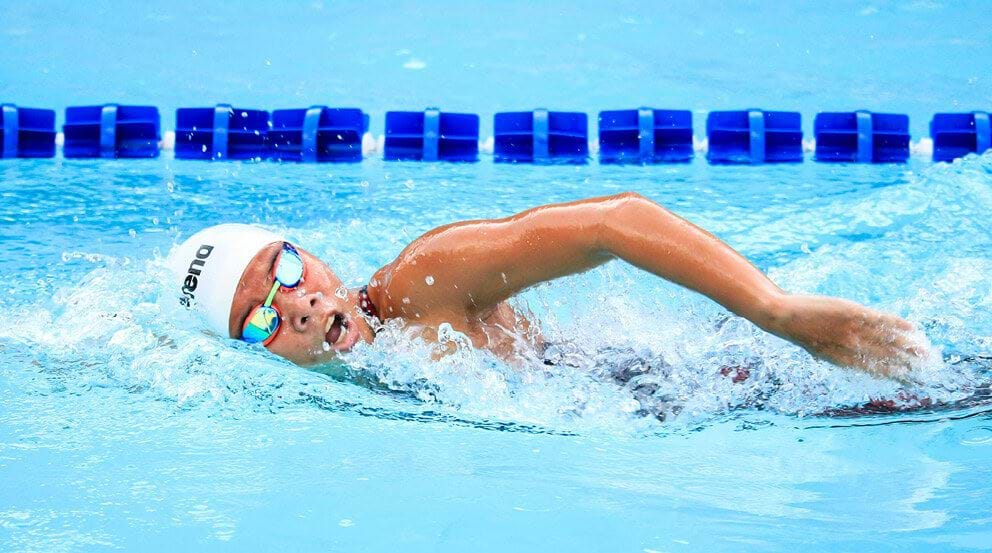Yoga for Runners: Why You Should Do It, And 4 Poses To Start With

Benefits | How Often | Yoga & Strength Training | Runner's Knee | Yoga Poses
Running is a great form of exercise, but it can be tough on the body. Simply running without other forms of exercise can lead to imbalances and injuries, from tight hamstrings to runner's knee.
If you're a runner looking to enhance your performance, prevent injuries and achieve better balance in your training routine, incorporating yoga into your fitness programme can elevate your performance and improve recovery, no matter what level you're at.
In this blog, Personal Trainer and yoga teacher Steph Williams explores the benefits of yoga for runners, how often you should practice, it's role alongside strength training, and how specific poses can address common issues faced by runners.
Why Is Yoga Good For Runners?
Yoga is synonymous with good flexibility, but there are so many more benefits that can be had from practicing yoga. It is a practice that aligns the body, mind, and spirit to offer physical and mental health benefits. Some of the benefits that relate specifically to runners include:
Improved flexibility. Running is a high impact exercise, and running at speed or on hard surfaces places a lot of weight onto the joints. This can lead to tight muscles, with runners often affected by tight hamstrings, hip flexors, and calves. Yoga stretches the muscles and strengthens them in this range, relieving tightness and improving overall flexibility. While all types of yoga can improve flexibility, yin yoga is especially helpful for this. Yin involves holding stretches anywhere from 2-5 minutes, breaking down tight fascia and allowing the central nervous system to relax for an overall improvement in flexibility.
Breath control. Breathing is an unconscious process, yet many people do not know how to breath optimally. Instead of breathing into the diaphragm, most people breath into the chest which can create or increase feelings of anxiety by creating a shortness of breath. This also weakens the diaphragm over time, allowing less breath in, which limits oxygen intake in running. Learning how to control your breath can improve your running performance and help with pace, distance and overall mental enjoyment during your run. You can learn more about breathing techniques for running here.
Increased mental resilience. A large aspect of yoga is turning inwards through mindfulness and meditation. Practicing this can improve mental clarity and resilience by teaching the mind to stay calm even when there are external stressors. For runners, this ability can help you to stay calm and focused during your runs and help to push through discomfort, for example when aiming for a PB or increasing your distance.
Faster recovery. Practicing yoga after your running sessions can help to facilitate faster recovery by cooling down the muscles properly, delivering oxygen and nutrition rich blood to the muscles, and preventing tightness.
Reduce risk of injury. Weak, tight muscles are more prone to injury, whether that's from running or just from everyday life. Yoga helps to address muscular imbalances within the body and increase overall mobility by stretching and strengthening weak, tight muscles. This increase in mobility and flexibility can prevent injuries by allowing the body to move better, and reducing the likelihood of a strain.
How Often Should Runners Practice Yoga?
How often you should practice yoga as a runner will depend on various factors, including running volume and intensity, other training sessions, your goals, and even your personal preferences.
If you are simply looking to improve flexibility and reduce muscular imbalances to help with your running performance, incorporating yoga into your routine at least twice a week will be enough to see some benefits. Try practicing yoga on your rest days to improve your mobility while promoting recovery.
If you enjoy the mental clarity and mindfulness that yoga brings, or you want to really boost your flexibility, adding as little as 10 minutes of yoga a day is a great place to start. You could even consider doing 10 minutes of a dynamic yoga like hatha or vinyasa to warm the muscles before your run, and 10-20 minutes of yin yoga after a run as a cooldown.
Yoga vs. Strength Training: Finding the Right Balance
While yoga offers numerous physical benefits, it's also important for runners to incorporate strength training into their weekly routine. Both practices are extremely complementary and can work hand in hand to improve your performance.
There are so many benefits of strength training that improve our health and wellbeing and reduce risk of injury, especially as we age: increased muscle mass and strength, increased bone density, higher endurance for everyday activities, improved posture, and more.
For runners, strength training helps to build strength, power, and endurance in the muscle groups that are utilised in a run, which can translate to better running performance and reduced risk of injury. Unilateral exercises will also help to build stability and balance which can also improve running.
Focusing on core strength, hip stability, and lower body strength will be particularly helpful for boosting running performance, while upper body work will help to address and prevent imbalances in the body.
The NHS recommends including at least two full body strength workouts a week. You could choose to combine these with your yoga, for example using yoga to warm up and cool down, or doing 30 minutes of strength training followed by 30 minutes of yoga, or you could alternate so you do your runs, strength training, and yoga on different days.
Can Yoga Help with Runner's Knee?
Runner's knee is a common issue within the running community and refers to pain around the kneecap typically caused by repetitive stress. The treatment is usually resting from running, however that only treats the symptoms not the cause.
Yoga can help to alleviate and prevent runner's knee by strengthening the muscles that stabilise and align the knee, helping to reduce stress on the knee.
Poses such as Warrior II, Bridge and Chair can strengthen the quad and glute muscles, which provides better support for the knee joint. Additionally, hip-opening poses like Pigeon which can release tension in the hips and reduce strain on the knees during runs.
Yoga Poses to Combat Tightness and Imbalances For Runners
Taking a class or following an online workout is one of the best ways to practice yoga as it allows you to practice multiple poses and flows. We've shared a yoga flow for beginners here which can be a great start.
If you're just looking for the best yoga stretches for runners to get started, try adding these into your daily routine:

Downward facing dog. Downward facing dog is a great pose for runners as it stretches the hamstrings and calves, two areas that are particularly challenging for runners, while building strength in the shoulders. Remember, it's more important for your spine to be neutral than your legs straight and heels on the floor. If you find your lower back rounding, take a slight bend in the knees. Over time, they will straighten. If you would like an extra dynamic stretch, you can always 'walk the dog' and peddle your legs side to side one at a time to release on each side.
Low kneeling lunge. Low kneeling lunge stretches the hip flexors and quads in the back leg while strengthening the quads and hips in the front leg. Start by placing your hand on to your thigh on the kneeling leg, with the legs in a 90/90 position. If this feels comfortable, you can allow your hands to come down to the floor and the knee to track slightly over the ankle to enable a deeper stretch into the hip flexors.
Reclined pigeon: This pose involves a great degree of external rotation in the hips and can release tension in the hip flexors and glutes. Lie down with both feet flat on the floor and place the ankle of one leg over the thigh of the other. Bring the remaining foot off the floor so you can interlace your fingers behind the leg and pull both legs in towards the chest. You can find more hip opening yoga stretches here.
Thread the needle. Although running focuses heavily on lower body, it is important not to neglect upper body too. Starting on all fours, inhale as your lift your fingertips to the sky and use your exhale to feed one arm under the other and bring your ear down to rest on the floor. This twisting position should cause you to feel a deep release in the upper body and will also stretch out the lower back if you keep your hips high during the movement.
Adding yoga to your running routine has multiple physical and mental benefits that can help to take your running and health to the next level, without needing to spend a lot of money or time. Many of our gyms offer yoga for £2 a class -- find your nearest gym here.
You can also find more stretching exercises to try here, or check out our running hub for more advice.


